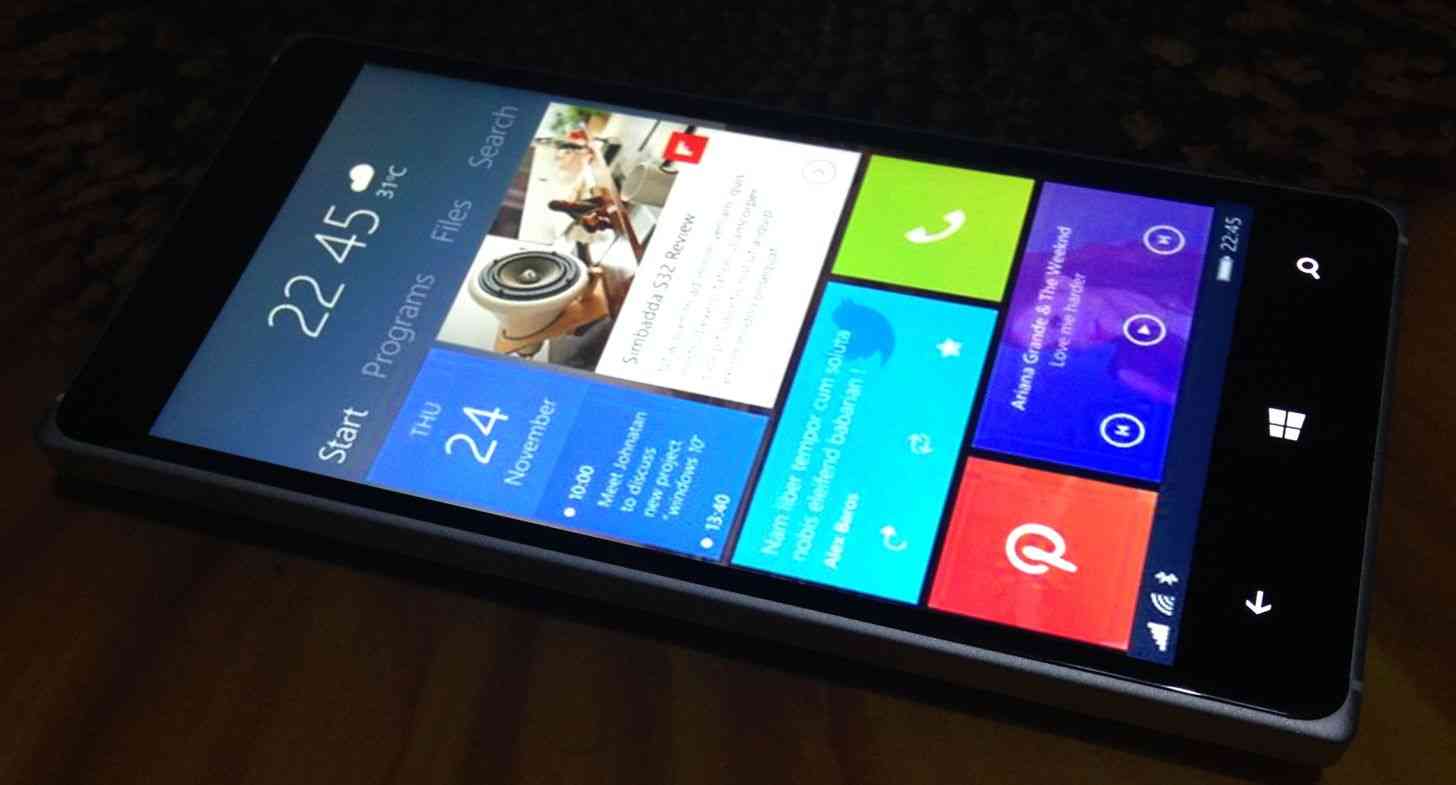
If you’re in the market to get a new phone this year, I feel both elated and sorry for you. Elated because, let’s face it, when it’s officially “new phone” day very little can take away from that excitement; sorry because you’re going to have a lot of considering to do, because the competition is ramping up to be fierce this year.
With the recent (official) announcement of Google’s Android M, we have 3 big OS updates coming to us this year: Android M, iOS 9, and Windows 10 Mobile. While we’re used to seeing big software updates show up annually, Windows 10 Mobile is undoubtedly the most substantial as this is Microsoft’s biggest change yet for their Windows handsets.
From Windows Phone 7 to Windows Phone 8, yeah, okay – the change was big, but a lot of the problems that made Windows Phone unpopular in the first place still remained, and the infamous “app gap” was still around. Bring in Windows Phone 8.1 and you have a few more changes, but it still wasn’t enough to draw people away from the massively popular Android or iOS, probably because the aforementioned app gap still wasn’t fixed.
However, with Windows 10 being Microsoft’s universal operating system for PCs, tablets, and phones, there are high hopes that the problems keeping people away from Windows Phone before will finally be addressed. Assuming all goes according to plan, the term “app gap” will no longer be a part of Windows Phone culture seeing as apps are expected to work all the same no matter what type of Windows 10 device you're using, not to mention that Microsoft is providing new tools that will supposedly make re-coding their existing Android and iOS apps to work with Windows 10 much easier.
And I think that this fix (assuming that it works as it should) will make Windows 10 Mobile a serious contender, especially once Microsoft (among other manufacturers) will start releasing flagships once again. The past year has been a devastatingly barren one for the Windows Phone community.
Windows 10 Mobile is also, in my opinion, the most interesting OS update to hit the mobile industry this year. Both iOS 9 and Android M will be available this year as well, but both of these updates are anticipated to be stabilizing updates rather than making extraordinary changes. While this is good for the conservation of popularity for these two operating systems, it doesn’t look like either of them will be anything revolutionary.
I don’t think that people will flock to Windows 10 Mobile in droves (initially, anyway) but I do think that we’ll see a popularity spike for Windows devices this year. I consider this a good thing, at least for consumers, because as much as I like both Android and iOS, I would love to have a true comparable third option.
Yes, Windows Phone currently works for some people, but so many people are already accustomed to the immense amount of applications available for Android and iOS, and that’s a hard thing for people to justify leaving… whatever it is that Windows Phone can truly offer that other phones don’t. Microsoft offers a good portion of their most popular services on Android and iOS already, and Windows Phone hasn’t had Google Apps for a long time now. I guess the only thing left at the moment is Cortana and a truly minimalist OS design (which is nice), and they are a good choice for budget smartphone users. However, when it comes to the mid-range to high-end phones, there’s very little that Windows Phone can offer your average user over Android or iOS.
In the end, it looks as if Windows 10 Mobile will be shaking things up this year, but definitely in a good way. Hopefully this will finally be the year where Windows devices won’t be placed in some dark obscure corner of any given retail store, and associates won’t hurriedly rush past them when trying to show you the hot new phones for this year, hoping you didn’t notice them.